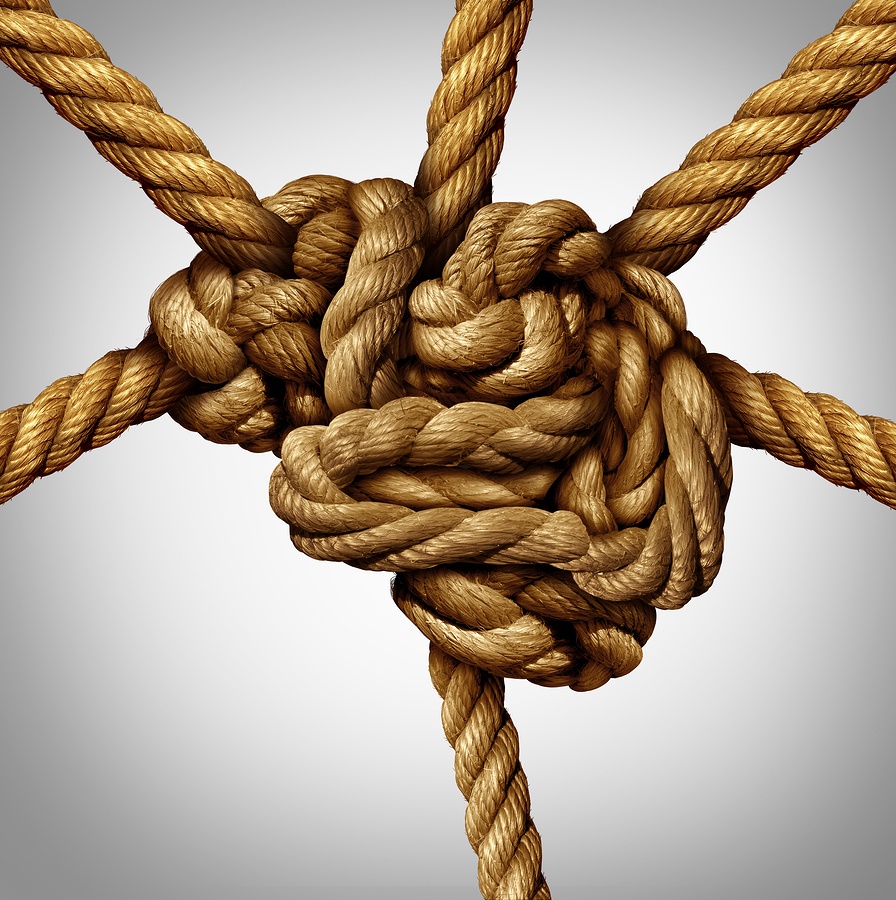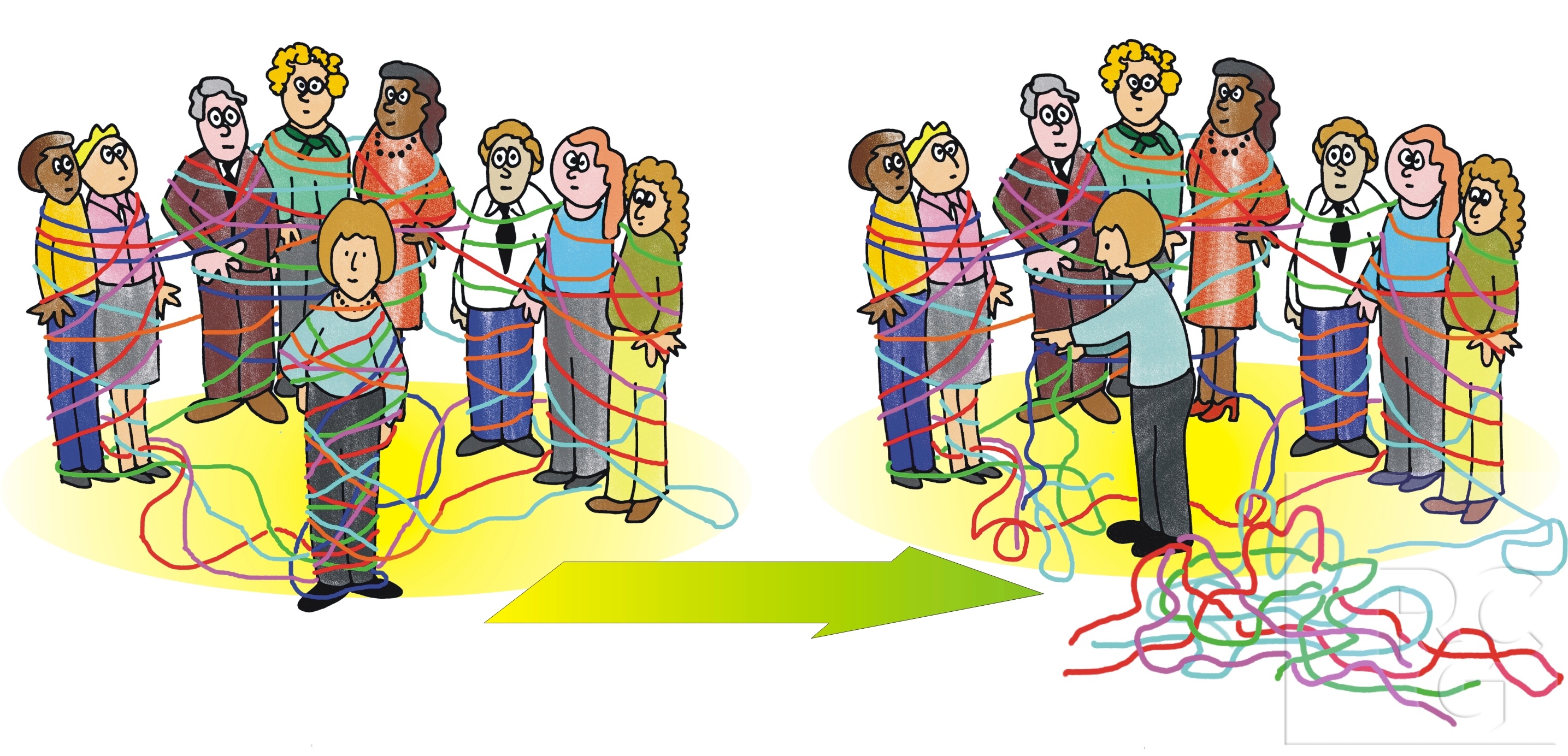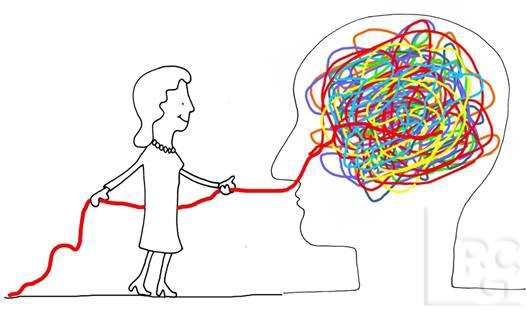Have ever been faced with a complex, strategic business challenge? If so, you know how difficult it is to wrap your arms around the situation so you can arrive at the very best solution. Consider that most situations are complex for any number of reasons. Dr. Marcia Ruben coined the terms “TangleologyTM, Organizational TanglesTM, and Leadership TanglesTM" to describe and illuminate the hidden yet pervasive forces that lurk in every organization. Our job is to facilitate processes that help you redirect misguided energy so that you can achieve optimal results with an inspired, motivated, and productive workforce.

Recent research in neuroscience underscores these findings and adds further insight. As humans, we evolved as social beings and our brains are finely attuned to social cues. We detect both threats and rewards as we interact with others. Yet, we have five times as many circuits that pick up threats. So we react much more strongly to threats than to rewards.
We are also wired to connect—and feel most comfortable—with those who are similar to us. We crave certainty, autonomy, and equity. All of these social domains are threatened when things become chaotic and uncertain. We become afraid. We experience negative emotions which in turn lead to unproductive behavior. Alliances form—with those deemed similar to us and against those perceived as different. The similarities and differences may be based on status, power, corporate functions, ethnicity, gender, age, etc. These alliances can easily turn in to unproductive subgroups that malign and even sabotage others.





